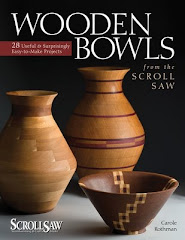
After trying various kinds of sandpaper for the final sanding of my projects, I've determined that these foam backed gold sheets that come on a roll are the most effective. They come in grits from coarse to very fine, and the foam backing gives the control and flexibility that you need for tight places. They are also ideal for that final sanding of curves, where you want a smooth flowing line that is difficult to achieve with mechanical sanders alone. Not cheap--runs about $.50 per sheet after shipping for small quantities--but well worth the money.
It's called "goldflex" and the brand name on it is "Mirka". I don't know if there are other brands of the same type of product, but this one is really good.








